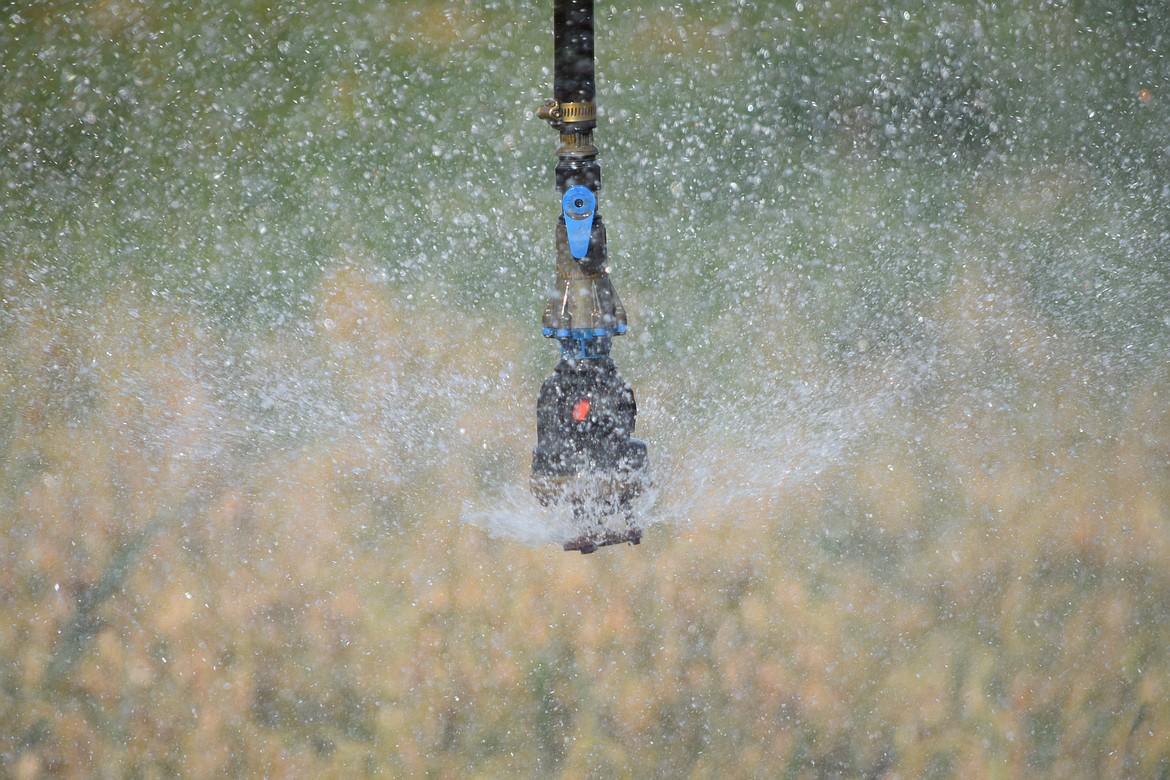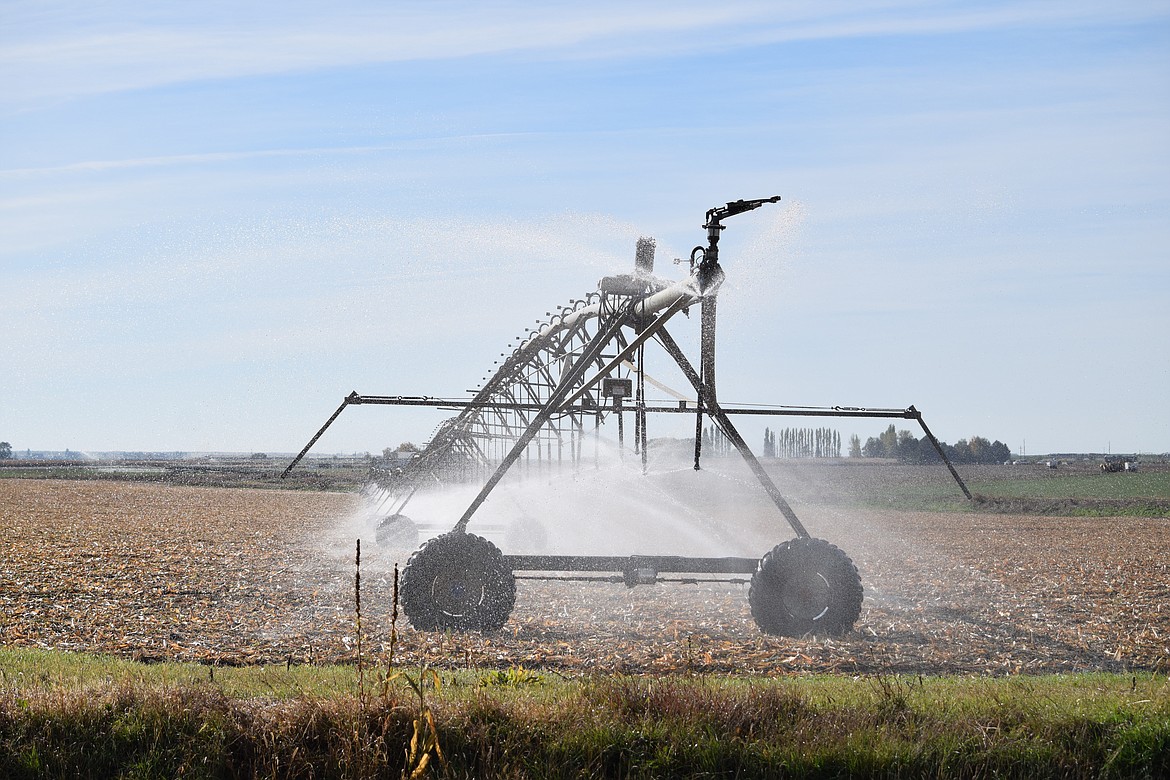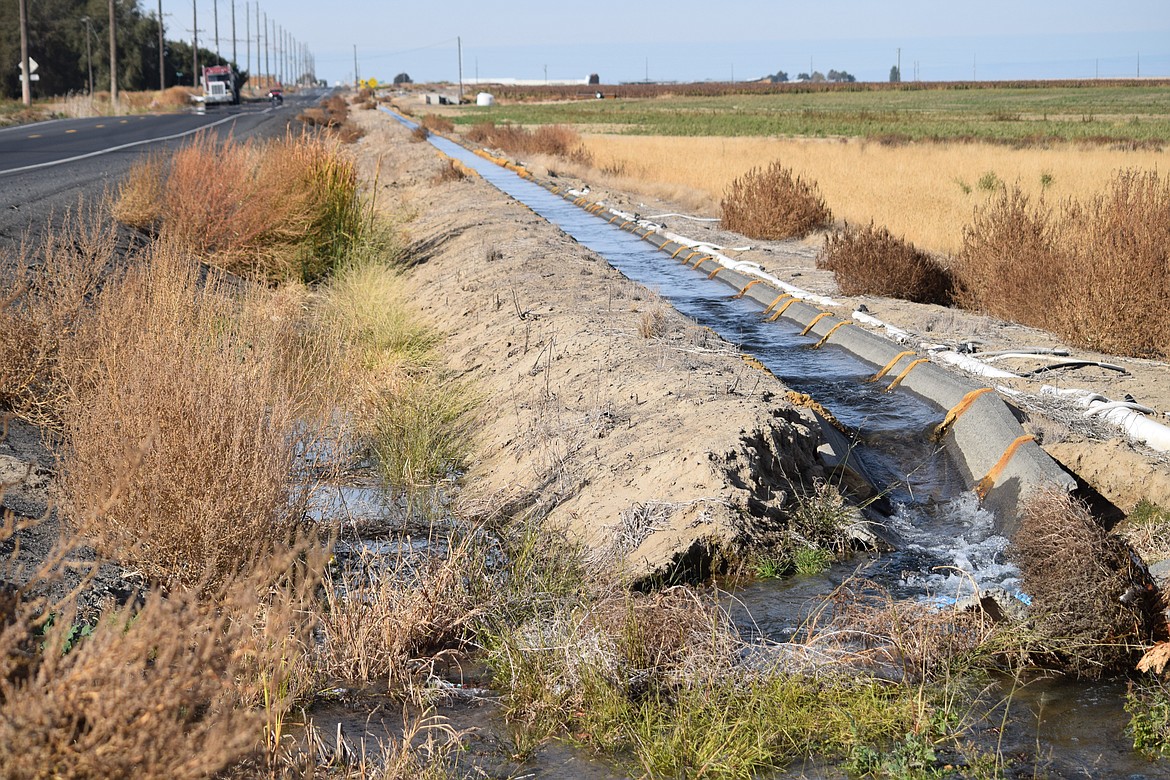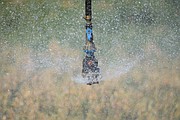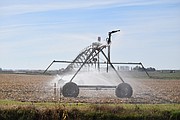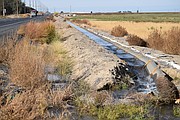Water use high as record-breaking summer bakes Basin
PASCO — When it hit 115 degrees on June 29, irrigators across the Columbia Basin had one option.
Turn on the taps and let the water flow.
Which meant, across the Columbia Basin Project, it was a near-record year for water use.
But it was also a strange year as well, according to John O’Callaghan, manager of the South Columbia Basin Irrigation District (SCIBD).
“It was a very perplexing year,” he said. “Water use peaked on July 1, and it’s fallen ever since. But from April to July, it was well above average.”
“In fact,” O’Callaghan added, “it was the most water we’ve ever run.”
O’Callaghan said the SCBID, which delivers water to farmers in parts of Grant, Adams and Franklin counties, delivered roughly 760,000 acre-feet to farmers across 233,000 acres by the end of July, well above the five-year average for water deliveries in the first four months of the irrigation season, and the bulk of the district’s total deliveries by the end of September of 820,000 acres.
“It fell to the five-year average, and then has been below-average for the last few months,” he said. “There was no way to see that coming, and we’re trying to make sense of it.”
Craig Simpson, the manager of the East Columbia Basin Irrigation District (ECBID), and Rodger Sonnichsen, the manager of the Quincy Columbia Basin Irrigation District (QCBID), both report similar trends in the systems they oversee, though there were some differences as well between the three districts — which are responsible for distributing Columbia River water to over 670,000 acres.
“It’s been the largest water diversion year on record,” Simpson said, noting the ECBID has so far distributed 563,000 acre-feet of water to its customers in 2021.
Simpson said that months April-July were consistently above the five-year average, but even with water deliveries falling below average from August onward, the ECBID is still on track to have a record year, delivering about 117% of the five-year average so far this year.
“It’s been consistently a high year,” he said. “If we have an average October, it will be the highest water use year on record since 1972.”
Sonnichsen said the QCBID said water deliveries in the western district were 109% of normal through the beginning of September — about 870,000 acre-feet — through the beginning of September, and then fell significantly after that.
“So far it’s been a strong water delivery year overall, especially with the summer,” Sonnichsen said. “It dropped off in September 13% and now we’re below the five-year average.”
Sonnichsen said late season irrigation from September onward has never been a big part of demand from growers. However, O’Callaghan said he’s spoken with farmers and believes this year’s hot temperatures actually caused some significant damage even to irrigated crops.
There appears to be a correlation, O’Callaghan explained, between heat, water use and crop maturity. It was such a dry winter that many irrigators started the season with very heavy water use — Simpson said April’s demand was nearly twice what an ordinary first full month of irrigating looks like — and the lack of rain combined with the mid-summer heat pushed crops to mature about three weeks earlier than normal, compressing a lot of the season’s water use into the first four months.
“There was damage and the water did not help,” O’Callaghan said. “But that’s speculative.”
O’Callaghan also said a lot of growers in the south district are not double cropping — growing a second crop after harvesting the first.
“We’re not seeing as much, and that drives water demand in the late season,” he said. “Maybe they had to use so much water early that they didn’t want to buy more.”
Simpson said while he hasn’t talked to enough landowners about their water use, he suspects many who bought a lot of water early had to make a business decision about not spending more money on later season water.
“They may try to minimize costs,” he said. “We try to keep the prices down and keep deliveries reliable.”
Sonnichsen said reduced water use in September is fairly typical, and he didn’t want to speculate much and why water use fell beginning in August.
“It’s a little bit cooler and people are harvesting,” Sonnichsen said of September. “We’ll have to see what October brings, and that’s hard to say.”
Sonnichsen said the QCBID was planning on continuing water deliveries until Oct. 25, with O’Callaghan saying the SCBID was planning on delivering water until Oct. 19, while Simpson said the ECBID would continue water deliveries until Oct. 21.
However, in all three districts, that could change if there’s enough demand.
“We will talk about an extension if there are some requests to do that,” O’Callaghan said.
However things went for the region’s irrigators, the water district managers said they did their best to make sure there was enough water for everyone who needed it.
“We met all our demands, and we hope our users came out okay,” O’Callaghan said.
As Simpson noted, farmers who can irrigate had a much better year than dry land farmers, who had little snow in the winter and even less rain in spring and summer.
“They didn’t get the moisture when needed,” he said. “Our guys can at least order rain when they need it.”
Charles H. Featherstone can be reached at [email protected].



